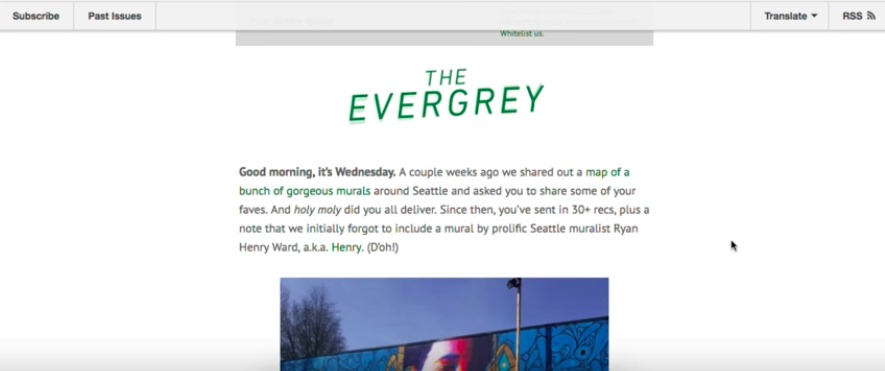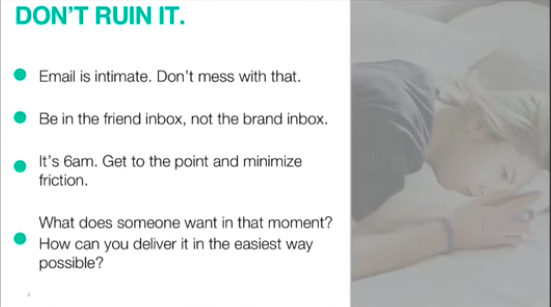Thinking about starting your own email newsletter? A panel at ISOJ 2018 contains a wealth of advice for launching all types of editorial newsletters, from paywalled offerings to limited-run recaps tied to popular television shows to indispensable morning digests to community-creating newsletters.
Elisabeth Goodridge, editorial director of newsletters and messaging at The New York Times, presented a selection of the Times’s 55 different email newsletters (the Times newsletters benefit from some serious internal investments on the product side as well: it’s building a new email service platform for them).
“You can’t just be an editor and write something and send it to somebody else,” she cautioned. “You have to know how the product is doing, how you’re going to refine it — and not just your text, but your product, your audience, and your deliverability.”
Thinking about a more niche newsletter targeting a subset of your audience? Here’s The New York Times basic checklist when it thought about launching its Game of Thrones newsletter:

Make sure you consider send time: that GoT newsletter also went out on Tuesdays, because readers would watch the shows on Sunday night, read internet recaps on Monday, and then read the mother of all recaps from Times on Tuesday. 80,000 people subscribed, the newsletter went out eight times, and every email had a 60 percent unique open rate.
Monica Guzman, of The Evergrey newsletter in Seattle, which is focused on building (and serving) a dedicated local audience, spoke about her small team’s guiding principles when crafting the emails: curious, honest, useful, bold, and inclusive. Every day, the newsletter opens with a good morning or a hello, and then moves into a piece of original Evergrey content.

It focuses on residents who feel they haven’t found a “tribe” yet in a city they’re still trying to settle into, and maintains a (no “ICYMI”-type lines, which make busy people feel guilty they’ve somehow missed something they shouldn’t have missed).
“Pro tip for local: Anything that is a hidden gem, delight, that people feel they have insider knowledge, they love to share,” Gúzman said. A callout for hidden murals around the city, for instance, generated a ton of reader responses.
The presenters made it clear that newsletters, done well, with real staff behind them, are serious revenue streams. Poder360, a Brazilian political outlet styled like Politico in the U.S., now has around 11,000 paid subscribers, sustaining a staff of more than 30 at the entire Poder360 organization (the news site, its various opinion verticals, an events business). 95 percent of the organization’s audience comes via mobile phone.
The morning newsletter The Skimm — which has been branching into a paid calendar app and podcasting and other products — is now a true behemoth (including registering 110,000 people to vote). It’s built up an audience of seven million female “millennial” subscribers, slotting into a busy day:

So how does an organization get to so many subscribers? How do you get people to give you their email in the first place? Make sure there’s encouragement to forward to their friends. Find the people who already have a lot of connections in their communities, and get their input and partner with them before you even launch the newsletter. Build a good, prominent email signup page (“TheSkimm.com, almost to an extreme, is just an email sign up,” Dheerja Kaur, the head of product and design at the company, said).
You can watch the full panel here: